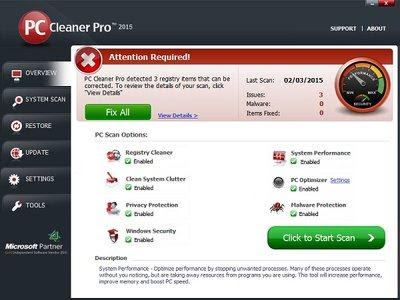


FIP is also associated with high levels of IL-6 and IL-1 in both sera and ascitic fluid ( Goitsuka et al., 1990), the cytokines being secreted by FCoV-infected macrophages within the granulomata and peritoneal exudate ( Goitsuka et al., 1987b, Goitsuka et al., 1988, Goitsuka et al., 1991a, Goitsuka et al., 1991b Hasegawa and Hasegawa, 1991). Evidence in support of this comes from studies showing that clinical FIP is associated with markedly increased expression of IL-10 within lymphoid tissues ( Dean et al., 1997), IL-10 usually being classified as a Th2 cytokine. While it is not yet known which cytokines are of particular importance in the development of FIP, it has been postulated that, as the disease progresses, increased production of IL-6 and possibly IL-4 (typical Th2 cytokines) and reduced production of IL-2 and/or interferon γ (IFNγ) (typical Th1 cytokines) may result in decreased Th1-associated protective CMI, and increased Th2-associated non-protective antibody responses. These reactions can be seen as degenerative and proliferative changes in blood vessel walls, particularly in the endothelial and medial layers of small veins and arteries in the peritoneal and pleural serosa, and in the interstitial connective tissue of parenchymatous organs ( Hayashi et al., 1977 Jacobse-Geels et al., 1980 Weiss and Scott, 1981a, Weiss and Scott, 1981b).Ĭytokines are intimately involved in the control of immune reactions ( Mosmann and Coffman, 1986 Romagnani, 1997). A vicious cycle of complement-mediated vascular damage ensues, generating chemotactic complement components and attracting neutrophils, which then release proteolytic enzymes, leading to further tissue damage. Degeneration of infected macrophages leads to the release of new virus and complement components ( Jacobse-Geels et al., 1980 Weiss and Scott, 1981a Jacobse-Geels and Horzinek, 1983). Infected macrophages then promote immune-mediated tissue reactions via the interaction of their altered cell membranes with complement-fixing antibody or cytotoxic T-cells. The ICs are deposited in small blood vessels, where they fix and activate complement (C3) and become phagocytosed by macrophages ( Weiss and Scott, 1981b). The pathogenesis of the disease is complex, with cell mediated immunity (CMI) playing a protective role, while humoral responses are generally detrimental, aiding viral dissemination by opsonising its uptake by macrophages, and resulting in immune complex (IC) formation ( Weiss and Scott, 1981a Pedersen, 1987). It is caused by infection with certain variants of feline coronavirus ( Pedersen, 1987 Vennema et al., 1995 Herrewegh et al., 1995). The disease presents as a fibrinous serositis, with accumulations of highly proteinaceous fluid within body cavities, disseminated pyogranulomata formation, hypergammaglobulinaemia, and the formation of immune complexes (reviewed by Pedersen, 1995). After this time expression of IL-6 mRNA remained unaltered but, as FIP developed, mRNA levels of IL-2, IL-4, IL-10, IL-12 and IFNγ became markedly depressed.įeline infectious peritonitis (FIP) is an immune-mediated, usually fatal disease of domestic and exotic felids. One week after virus challenge, the stimulated PBMCs showed small increases in the expression of IL-6 and IFNγ mRNA, which correlated with a transient pyrexia. The recombinant proteins induced little or no specific antibody response prior to challenge, and failed to alter the course of disease compared to controls. All of the kittens developed clinical signs typical of FIP, which were confirmed on gross post mortem examination. Changes in PBMC cytokine mRNA levels were detected by a reverse transcription, semiquantitative polymerase chain reaction assay (RT-sqPCR), assessing IL-2, IL-4, IL-6, IL-10, IL-12 and IFNγ. Humoral responses were assessed by ELISA and serum neutralisation test. Two recombinant FIPV spike proteins were assessed for their immunogenic properties in 8-week-old kittens, which were then challenged intranasally with FIPV 79-1146.


 0 kommentar(er)
0 kommentar(er)
